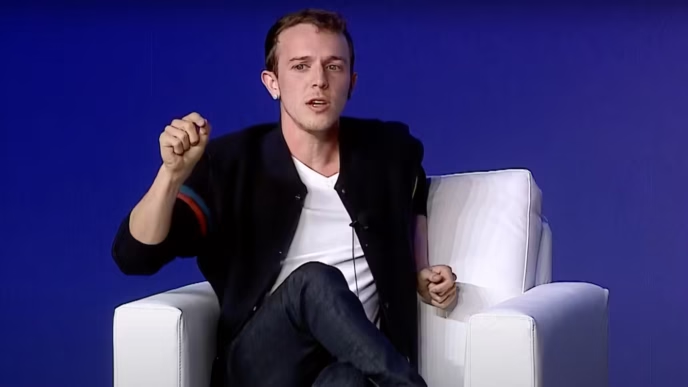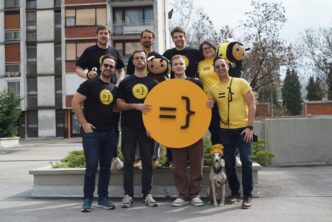Forerunner Ventures has long been known for backing standout consumer brands like Glossier, Warby Parker, and Bonobos. But over a decade later, many of its portfolio companies still haven’t taken the traditional IPO route. And that’s just fine with founder Kirsten Green.
The shift away from public offerings isn’t a red flag — it’s a reflection of how venture capital has evolved. Today, IPOs are no longer the default finish line. Instead, investors are exploring other options to generate returns, from strategic acquisitions to an increasingly active secondary market.
That flexibility is proving essential as high-growth startups stretch the timeline to go public. Warby Parker went public through a SPAC. Bonobos was snapped up by Walmart. And Glossier remains private. Forerunner isn’t waiting for the old model to return — it’s adapting to a new reality where holding long and playing the secondary market makes more sense than rushing to the Nasdaq.
Take Chime and Ōura, for example. Both were early Forerunner bets and are now valued at over $5 billion. Yet only one, Chime, has filed confidentially for a public debut. Ōura, known for its sleek smart rings, has no IPO plans for now. But Green isn’t sweating it. In her view, great businesses deserve the time and space to grow without being boxed into public timelines.
Speaking recently at a venture event, Green called Ōura “phenomenal” and said there’s been no pressure to sell. Instead, Forerunner is embracing the secondary market as a smart way to unlock value. It’s become a go-to strategy not just for liquidity, but for maintaining exposure to winning startups without waiting a decade for an IPO.
Green explained that today’s environment demands bigger companies for successful exits. Going public now often means reaching a $10 billion+ valuation. With traditional VC funds typically built around 10-year cycles, firms need creative ways to manage returns. That’s where the secondary market shines — offering a practical bridge between early-stage growth and public market scale.
It also brings new dynamics to price discovery. Unlike private rounds with a limited group of investors, secondary deals involve a broader mix of buyers and sellers. That can result in discounts — but also more realistic valuations.
Green pointed to Chime’s valuation rollercoaster as a case in point. After peaking at $25 billion during the 2021 fintech boom, Chime saw its valuation dip to $6 billion on the secondary market before climbing back to $11 billion. For Green, that fluctuation isn’t a concern — it’s just the market doing its job.
Early-stage investing has always been Forerunner’s sweet spot. By focusing on behavioral shifts and emerging business models, the firm consistently gets in ahead of the curve. That approach paid off in the early 2010s when mobile-first DTC brands like Bonobos and Glossier took off. It worked again with The Farmer’s Dog, a subscription-based dog food company that’s now reportedly profitable and bringing in $1 billion in annual revenue.
Looking ahead, Forerunner is zeroing in on companies at the crossroads of innovation and culture. Green believes these are the next breakout bets — brands built on fresh ideas and fueled by deeper shifts in how people live, shop, and connect.
For Forerunner, exits will happen when they’re meant to. But rather than chasing a public listing, the firm is choosing patience, playing the long game, and leaning on alternative tools to support founders. In a world where the IPO window remains unpredictable, that strategy just might be the edge modern VC needs.













